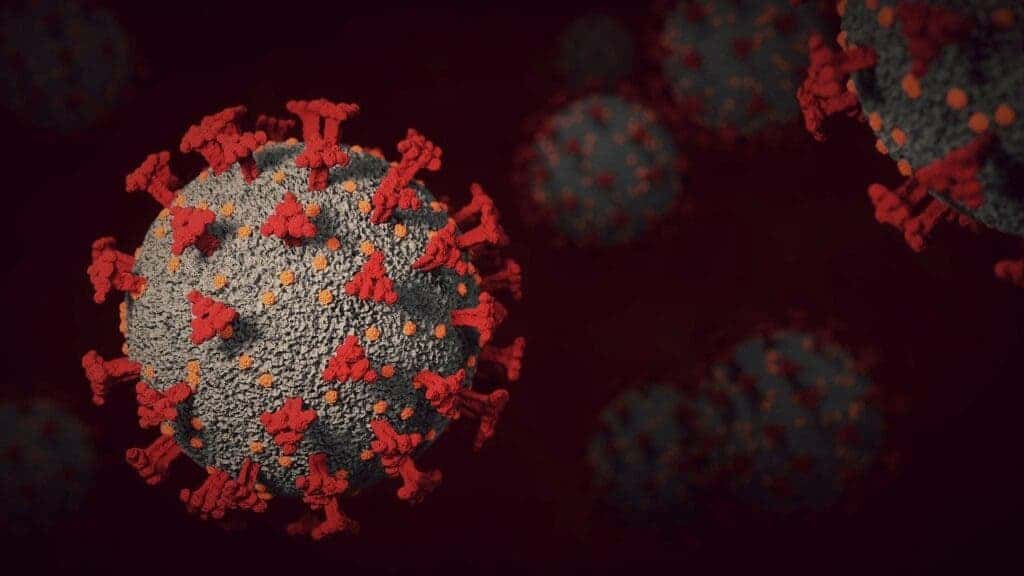From early on in the pandemic, there’s been strong evidence of COVID-19 can take a toll on the brain and the nervous system – with symptoms like the loss of smell and taste as hallmarks of early infection. Now, a new study further demonstrated the mental toll of the virus, which was linked with significant, lasting brain abnormalities even in mild cases.

Researchers found that COVID-19 seems to reduce the brain’s gray matter, mainly in areas linked with memory processing and smell. These changes were observed in both people who required hospitalization and in those who had a less severe infections. The damage seen in the brain was beyond the structural changes that normally happen with age and could not be explained by other factors.
The study looked at changes in the brains of 785 people aged 51-81, who previously contributed brain scans to the UK Biobank, a large-scale database of brain imaging data from over 45,000 UK residents. Out of the participants, 401 had a COVID-19 infection sometime between March 2020 and April 2021 – with 4% hospitalized for infections.
The remaining 384 participants didn’t have COVID-19 but matched the infected participants in age, sex, and COVID-19 risk factors, such as whether they had diabetes. They served as the control group as they had no record of confirmed or suspected COVID-19. Everyone in the study was subject to two brain scans to allow comparisons.
“Using the UK Biobank resource, we were in a unique position to look at changes that took place in the brain following mild—as opposed to more moderate or severe—SARS-CoV-2 infection,” Genaëlle Douaud, lead author on the study, said in a statement. “We saw a greater loss of gray matter volume in infected participants.”
COVID-19 and the brain
The team used magnetic resonance imaging (MRI) to look at the brains. MRI uses a magnetic field and radio waves to generate images of tissues in the body. The MRI scans showed clear shrinkage in the brains of the people who caught the disease. Participants of the study caught COVID-19 about 4.5 months before their second scan.
The infected group had larger tissue loss in specific regions of the cerebral cortex – the outer surface of the brain. Shrinkage was most pronounced in the orbitofrontal cortex (which plays an important role in sensation) and in the parahippocampal gyrus (which is important for encoding new memories).
At the same time, those infected with COVID-19 had a larger reduction in overall brain size than the control group without the virus, the study showed. The authors also found tissue damage in areas of the brain linked with the primary olfactory cortex – a structure that gets sensory information from scent-detecting neurons in the nose.
On average, those who had the virus showed 0.2% to 2% greater tissue loss and damage over the course of about three years, compared with the control group. Estimates suggest that adults lose between 0.2% to 0.3% of gray matter in regions related to memory each year, so the extra loss would be out of the ordinary.
“It’s the only study in the world to be able to demonstrate before vs after changes in the brain associated with SARS-CoV-2 infection,” Naomi Allen, chief scientists at the Biobank, said in a statement. “Collecting a second set of scans has generated a unique resource to enable scientists to understand how the virus affects internal organs.”
The study stops short of explaining how impactful these changes are on the brain, and how long-lasting they are. However, problems associated with COVID-19 appear to be more pervasive than initially thought, and the specter of long COVID will likely continue for a long time to come.
The study was published in the journal Nature.


